I have some Albrecht in my family but we are French from Alsace around Glendelbruch 67190 Bas-Rhin Alsace france… It has been very interesting to go to the cemeteries and find all my ancestors even though my maiden name is Prévot the women, cousins etc…had deferent name Schuller, Schall, Stoehr, Roeckel, Friedrich, Guth, Lehn, Metzger …all very Germanic sounding
Guest Post: Sprucing Up Your Family’s History
- By Esther
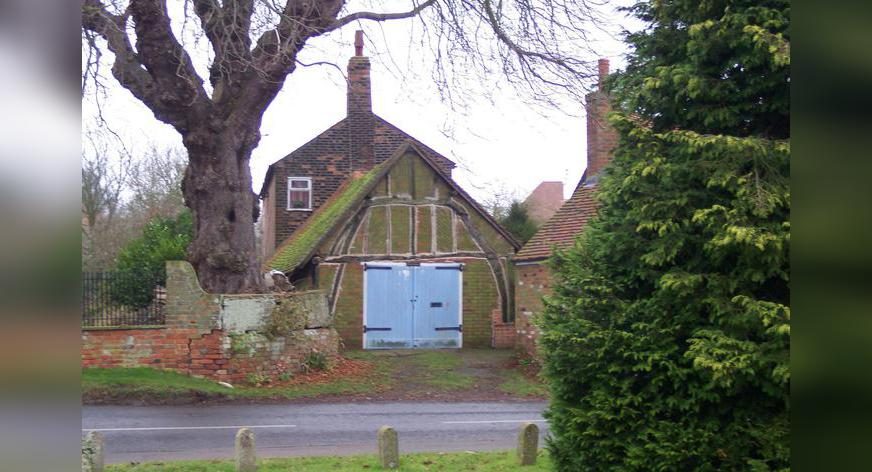

 This is a guest post by Leslie Albrecht Huber, a genealogy writer, and speaker. She has written over 100 articles published in a variety of history and family history outlets. She loves speaking to groups on genealogy topics, particularly those focused on German genealogy, tracing immigrant ancestors, social history, and writing family histories. Leslie has spoken in over 20 U.S. states, on “Good Morning America” and on NPR (National Public Radio). Her book, “The Journey Takers,” was published in 2010.
This is a guest post by Leslie Albrecht Huber, a genealogy writer, and speaker. She has written over 100 articles published in a variety of history and family history outlets. She loves speaking to groups on genealogy topics, particularly those focused on German genealogy, tracing immigrant ancestors, social history, and writing family histories. Leslie has spoken in over 20 U.S. states, on “Good Morning America” and on NPR (National Public Radio). Her book, “The Journey Takers,” was published in 2010.
We’ve all read family histories that begin something like this: “My great-grandmother, Mary Smith, was born on June 3, 1890, in Pewaukee, Wisconsin. She was the daughter of Sarah Smith and John Smith. She had two older brothers and three younger sisters.”
With nothing story-like to them, these histories are little more than lists of details strung together in paragraph format. They may be packed full of well-researched information, but many readers will struggle to get beyond the first few pages before they find their mind wandering or their eyes drifting closed.
Despite what you may have encountered in your reading of family histories, though, our family histories are not destined to be stuffy, lackluster accounts that everyone keeps on their shelves because they feel like they should but nobody actually reads. Here are a few ideas to help spruce up your family history and keep your readers on the edge of their seats (or at least, prevent their eyelids from drooping…).
Paint a Fuller Picture
Your ancestors may have been the centerpiece of their own paintings, but they did not stand against blank backgrounds. One of the best ways to make your family history more interesting is by filling in this background. George Morgan’s recent guest post, “Putting Your Ancestors in Context,” provided some excellent tips on how to do this.
Take some time to learn about the times and places in which your ancestors lived.
Describe major events that affected them. Learn about social history—what daily life would’ve been like for them. Pay attention to details in the records such as occupations and then do a little research to understand what these details can tell you about your ancestors’ lives. Creating this fuller picture adds more dimensions to your written history.
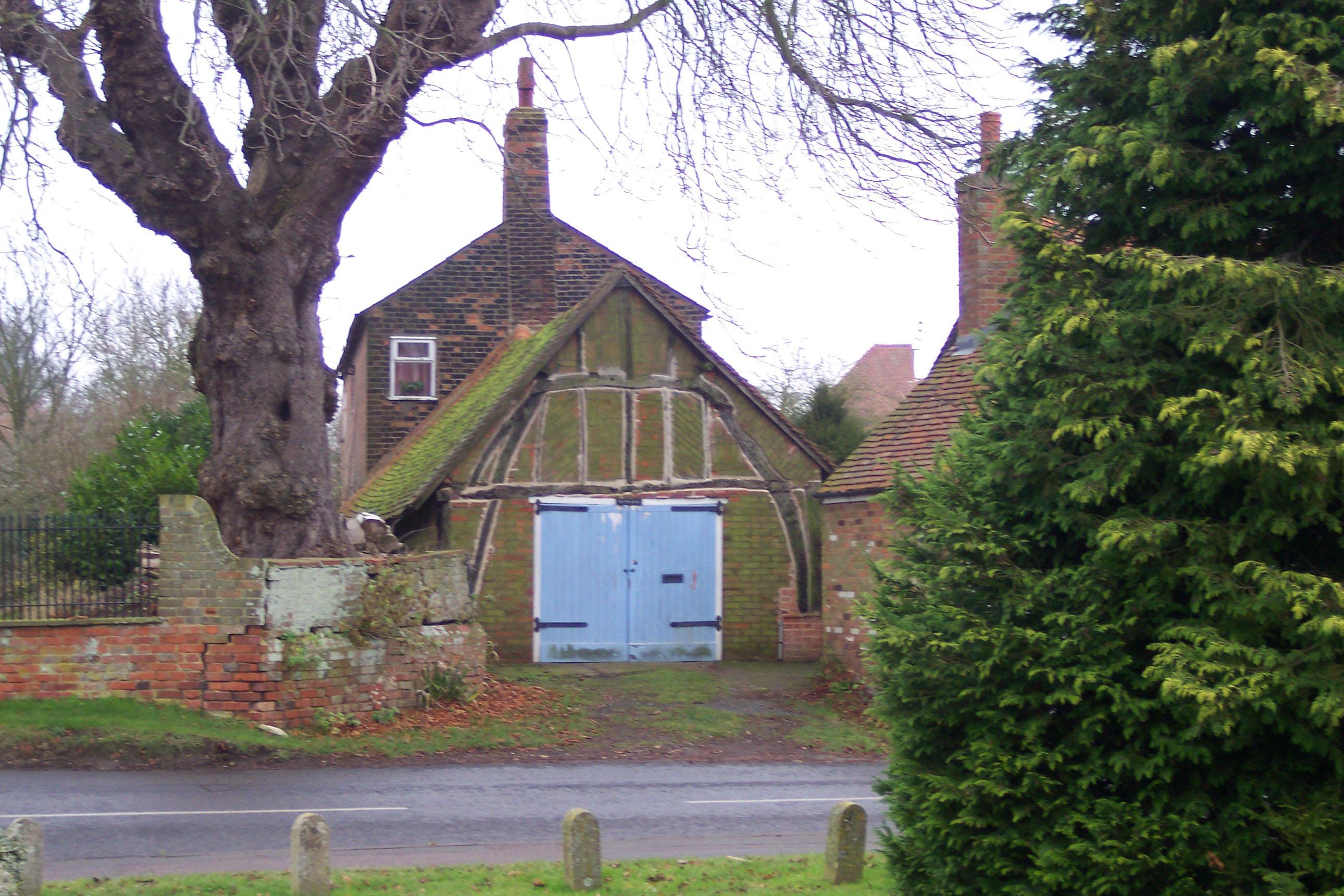
Leslie's ancestor's blacksmith shop in England. Learning about your ancestors' occupation increases your understanding of their lives.
Find Narrative Techniques that Work
Often we think of family histories as being a chronological account of our ancestors’ lives, a recounting of what we know about them from birth to death. While that’s one way to tell their stories, it isn’t the only way. We can use other narrative techniques to grab our readers’ attention.
One great way to make family histories more emotionally poignant is using personal accounts. Obviously, if you have diaries or letter written by your ancestors, you should use those—quoting directly from them when possible. This makes the story more personal and helps portray your ancestor’s unique character. If you don’t have accounts written by your ancestors, draw on the personal accounts of others who shared their experiences. These could be friends or relatives or they could be strangers who just happened to have similar experiences, whether it be crossing the ocean around the same time or serving in the military in the same war. These personal descriptions bring events to life and give them more meaning.
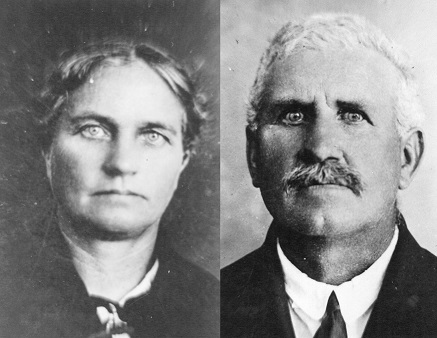
Leslie's ancestors; Georg and Mina Albrecht. Using personal accounts and photos bring your ancestors to life.
Another technique you could try is weaving in your own experiences and emotions as you learned about your ancestors. Make your search and how it affected you part of the story. Experiment a little to find an “outside the box” technique that works for you.
Liven Up Your Writing
You don’t need to be the next Shakespeare to write a family history your family will treasure. But you should make an effort to do your best writing. Following a few guidelines can freshen up your writing.
First, remember that good writing is clear and concise. Sometimes new writers think that the longer their sentences and the fancier their words, the better their writing. This is simply not true. Say what you need to say with precise, well-chosen words. If you can cut a word out, do it. Rely on active verbs when possible and avoid the “is, are, am” verbs.
Also, proof read carefully. I find it helps me to read something out loud. This forces me to slow down, making it more likely I will catch grammatical errors and typos. It also helps me notice awkward sentences or paragraphs that just don’t flow very well.
Don’t Let Details Stand in Your Way
Although we’re focusing here on writing and not documenting, that doesn’t mean that you can just ignore the documentation part of family histories! Recording your sources helps others know where you got your information. It enables them to trust your work and also helps them access the sources if they would like to look at the original material themselves. So, don’t forget to document! But don’t let documentation cause your blood pressure to rise either. I’ve talked to people who have gotten so overwhelmed with trying to figure out if they have the comma in the right place in the footnote that they are ready to give up on writing their family history altogether. Don’t let commas stop you from finishing these important projects!
And, this same principle applies generally to writing family histories. I hope some of these tips will help you write a better family history. But if the thought of applying these tips feels too hard, too confusing, or too overwhelming, then ignore them and write your family history anyway. Writing a family history that begins, “My great-grandmother, Mary Smith, was born….” is still eons better than writing no family history at all.
One last piece of advice: Remember, once you’ve written your family history, you aren’t finished yet! You’ve got to make sure your family knows about your history so that your hard work isn’t lost—and so others can learn about these ancestors too. One great way to do this is by sharing your history online. MyHeritage makes this simple. From the person’s individual screen, click on the “upload photos and documents” link and then select your file. Now when others look at this person, they will be able to see the history you wrote.
If you haven’t started writing your family’s history, maybe it’s time to start. There’s no better way to ensure your hard work and time spent researching your family reaches those it matters to most. A well-researched, well-documented family history is something any family would treasure—and pass down through generations. Following some of the tips here can help spruce up that family history and shape it into more than something they know they should read—but something they enjoy reading.
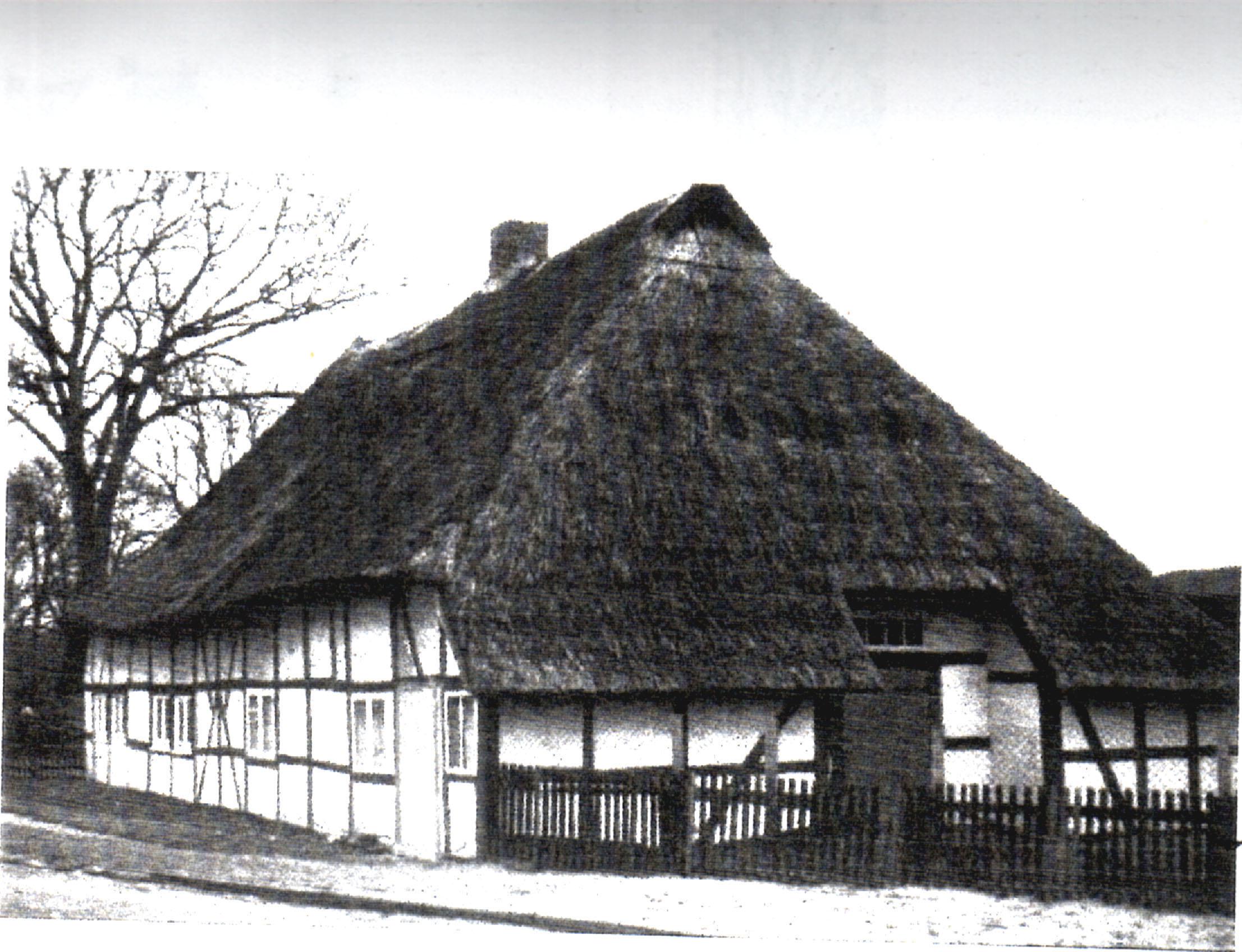

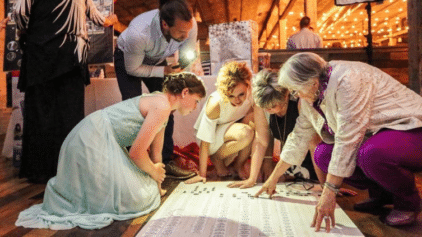
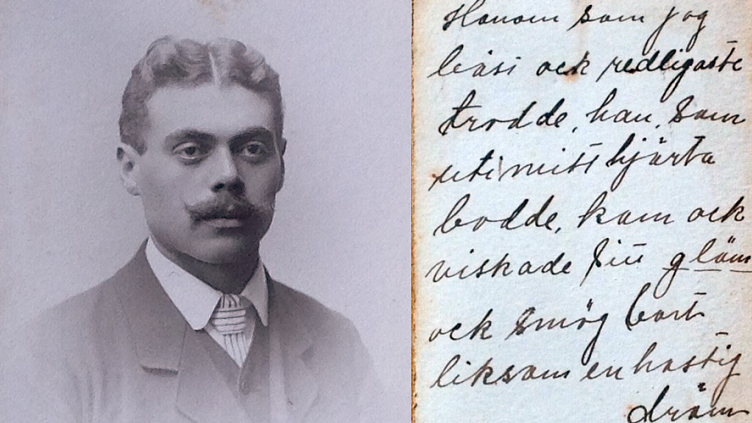





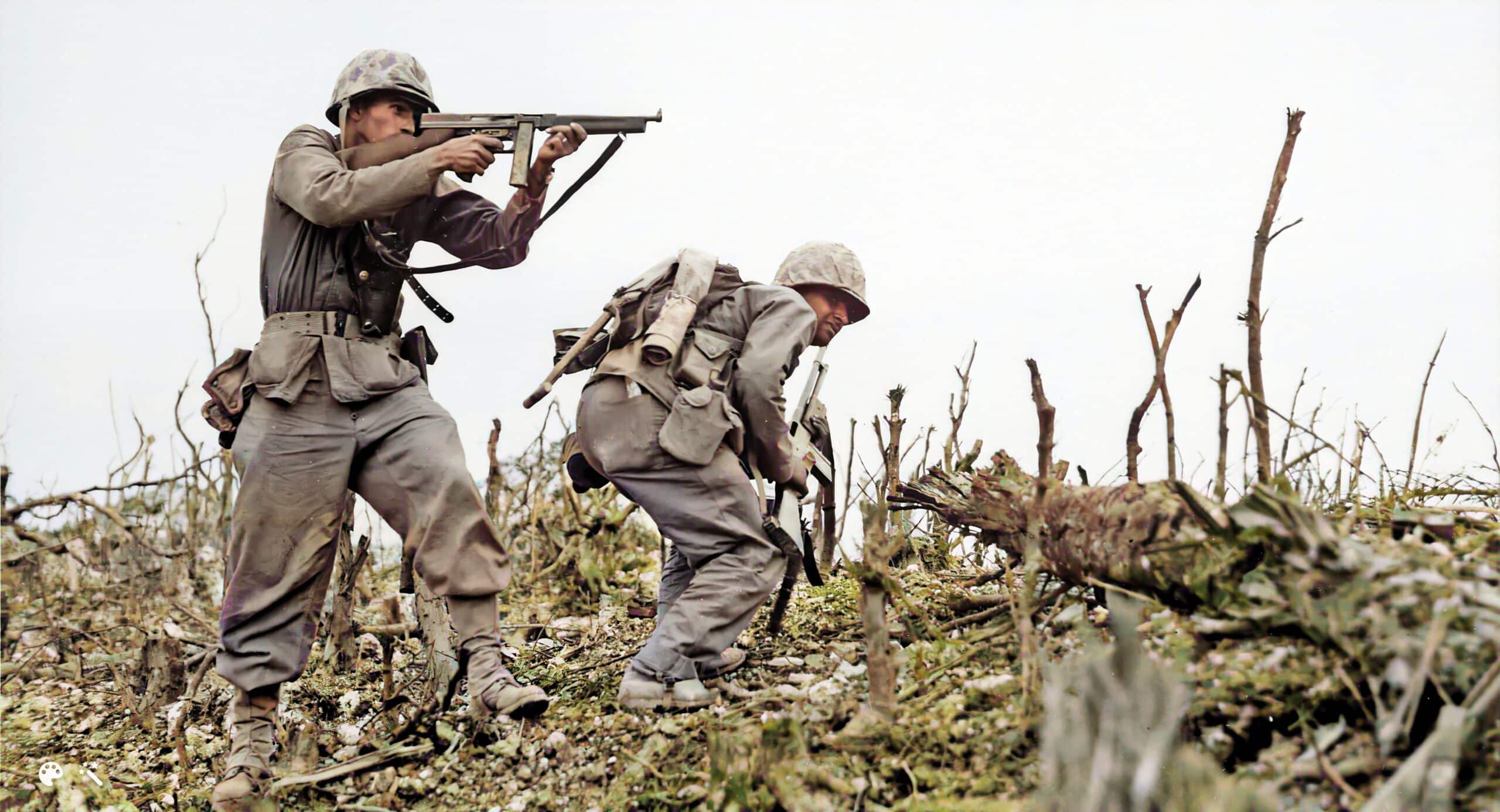

Steve
March 24, 2016
I am very interested in German genealogy and I have Albrecht in my family tree. There are some challenges searching in Germany as I have found.